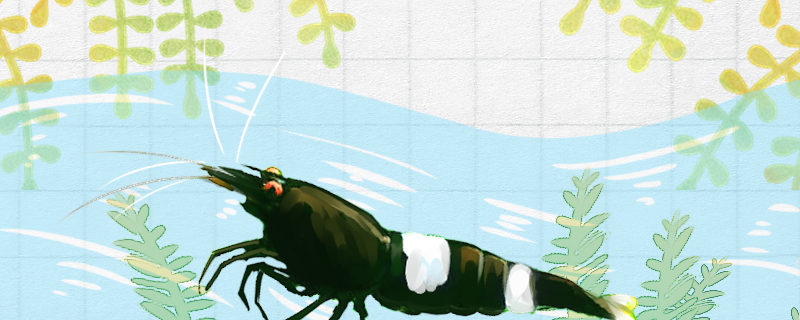
Ornamental shrimp molting is a normal phenomenon, indicating that it has grown up, so it is necessary to change a new shell. It should be noted that during the molting period, the water quality must be maintained and the water temperature should be well controlled so as to avoid fluctuations leading to the death of shrimp. At the same time, if you mix other animals, you should also pay attention to isolation and protection, because the shell is very soft after molting, easy to be eaten by other fish. The exuviate skin need not be in charge of, shrimp can eat its, still can supplement calcium to it.
1. Insufficient nutrition: After the ornamental shrimp molts, there will be a new shell. If the nutrition is not enough, the shell will become very thin. In this way, it cannot provide protection for it, and it may even be attacked by other fish. So if you want to avoid it, you must pay attention to feeding in peacetime and choose some more nutritious food.
2. The water body is too hard: The success rate of ornamental shrimp molting is often related to the hardness of the water body. If the pH is on the high side, the water quality is alkaline, and the hardness is very high, it will lead to the failure of molting. It should be noted that the hardness of the water body will affect the thickness of the shrimp shell, and the high hardness of the shrimp shell will increase the possibility of failure.
3. Bacteria infection: When ornamental shrimps are molting, they are still relatively fragile. They are not only vulnerable to attack by fish, but also bacteria will find opportunities to invade. Once they are infected by some harmful bacteria, it is easy to cause their death. Therefore, it is necessary to change water regularly in peacetime to keep the water quality clean and hygienic.